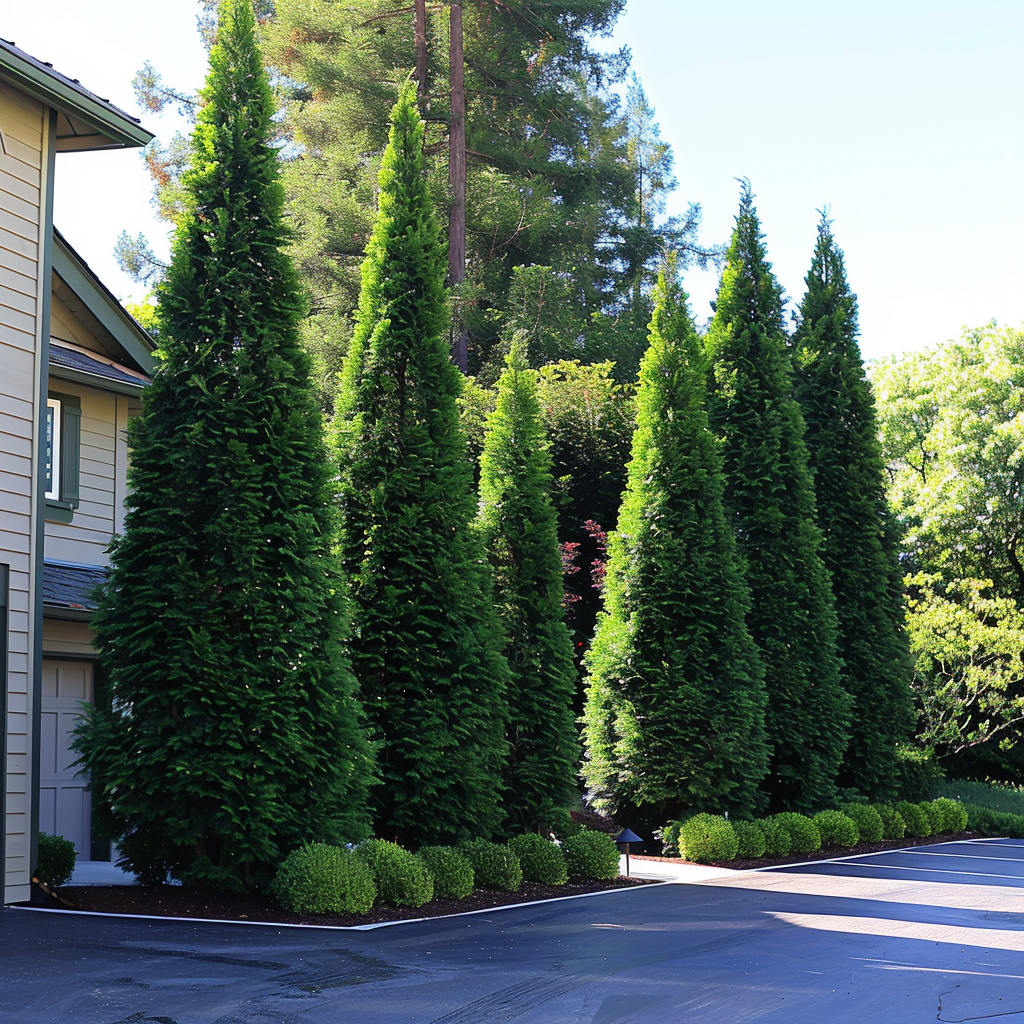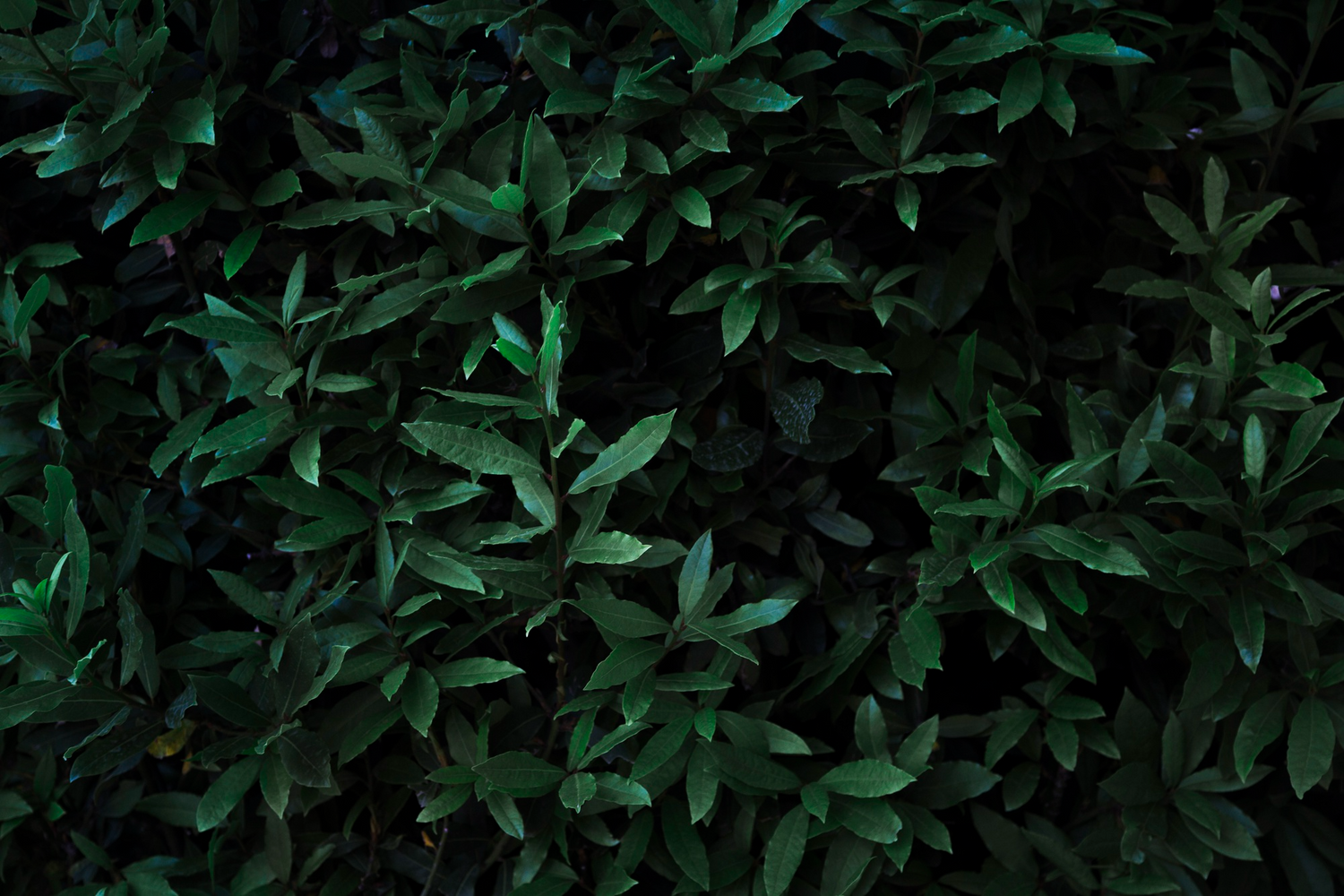Privacy Trees
Emerald Green Arborvitae
Emerald Green Arborvitae
Couldn't load pickup availability
In the world of landscape design and gardening, few trees offer the combination of beauty, utility, and adaptability like the Emerald Green Arborvitae. Known for its vibrant green color and dense foliage, this tree is a standout choice for any garden or landscape. Its compact and uniform growth habit makes it ideal for hedges, privacy screens, or as a striking standalone feature. Whether you're a seasoned gardener or a beginner, the Emerald Green Arborvitae is a versatile plant that enhances aesthetics while requiring minimal maintenance.


Product details

Why are Emerald Green Arborvitae trees great for privacy?
Emerald Green Arborvitae trees provide an impressive, lush barrier with their dense foliage, making them an excellent choice for privacy. Their compact, evergreen structure offers year-round coverage, shielding your space from prying eyes and reducing unwanted noise.
Planting guide
For best results, plant Emerald Green Arborvitae trees in well-drained soil with optimal sunlight exposure.
How to plant Emerald Green Arborvitae trees?
Begin by choosing a location that receives full sun, which will help the tree thrive. Dig a hole twice as wide as the root ball and as deep as the tree’s container. Place the tree in the hole, fill it with soil, and water thoroughly to establish a healthy foundation.
When to plant Emerald Green Arborvitae trees?
The best time to plant Emerald Green Arborvitae trees is in the early spring or late fall, when the weather is cool. This timing allows the roots to establish without the stress of extreme temperatures. Avoid planting in freezing ground or during peak summer heat.
How far apart should you plant Emerald Green Arborvitae trees?
To create a dense privacy screen, space your Emerald Green Arborvitae trees about 3 to 4 feet apart. This spacing allows the trees to grow together without overcrowding, ensuring they form a continuous, lush hedge. If using them as standalone features, consider increasing the distance to showcase their natural shape.
About
The Emerald Green Arborvitae is a compact, evergreen tree valued for its uniform growth and year-round vibrancy.
How tall does an Emerald Green Arborvitae tree grow?
Emerald Green Arborvitae trees typically reach a mature height of 10 to 15 feet. This height is perfect for creating privacy hedges or acting as an ornamental feature in landscape designs. Their slender, upright form makes them well-suited to narrow spaces.
How long does an Emerald Green Arborvitae tree live?
An Emerald Green Arborvitae tree can live for up to 25 years or more under the right conditions. Regular care and favorable growing conditions, such as proper sunlight and well-drained soil, can extend their lifespan. Maintaining tree health can ensure continuous privacy and aesthetic beauty.
How fast do Emerald Green Arborvitae trees grow?
Emerald Green Arborvitae trees grow at a moderate rate of 1 to 2 feet per year. This growth rate allows them to establish themselves quickly while remaining manageable in size. With proper care, you can expect your trees to reach maturity in about 5 to 10 years.
How to care for Emerald Green Arborvitae trees?
Caring for Emerald Green Arborvitae trees involves regular watering, especially during dry periods, to keep the soil consistently moist but not waterlogged. Mulching around the base can help retain moisture and regulate temperature. Fertilize in the spring with a balanced, slow-release fertilizer to support growth. Additionally, monitor for pests and diseases to ensure that the tree remains healthy and vibrant.
When to prune Emerald Green Arborvitae trees?
Prune Emerald Green Arborvitae trees in late winter or early spring before new growth begins. This timing allows you to shape the tree without interfering with its natural growth cycle. Avoid pruning in late summer or fall, as new growth may not harden off before winter.
How to prune Emerald Green Arborvitae trees?
Begin pruning by removing any dead or damaged branches using clean, sharp shears. Shape the tree by trimming the outermost growth lightly, maintaining its natural conical form. Be careful not to cut back into old wood, as new growth will not emerge from these areas.

